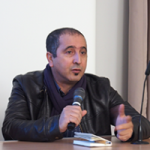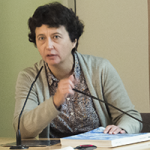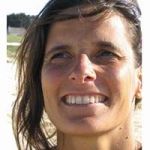Projet de recherche
TSMI : Mountain eco-system of Sport Tourism in the Rhone-Alps region and Innovation dynamics
France
Du 15/04/2015 au 01/06/2018
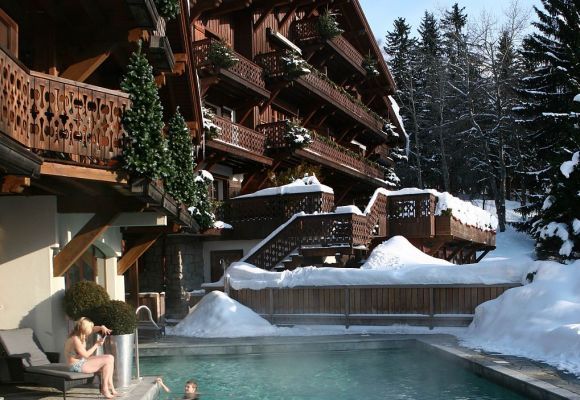
Innovation is a key factor of competitiveness in international markets with high economic value. The sport tourism market in mountain, mainly based on outdoor sports practice (Bouhaouala and Biard, 2015; Bouhaouala and Bouchet 2009), is no exception to this concern. Whatever the type of innovation of product, service or process, it cannot be finality, but it is mostly a way to differentiate itself from the competition and increase its competitiveness.
Without going too far into the definition of innovation, it is worth noting the dilemmas related and which may arise. According to the types, origins, resources, risks and benefits it creates for companies, innovation can be secret (closed) or shared (open) (Ferrary, 2008; Johnson, 2014). When innovation relates to one economic sector and / or territory, as is the case for this project, open innovation organized within a business ecosystem becomes strategic path to take (Johnson et al, 2014). Furthermore, for radical innovation, multiplicity, variety and complementarity of actors, industries and resources facilitate the positive phenomena and outsourcing joint exploration phases, of development and production which most often cause problems to companies (Ferrary, 2008). Finally it is clear that the innovation ecosystem is complementary or alternative to traditional models of innovation regulation (Moore, 2006; Yawson, 2009).
The observation of characteristics related to economic ecosystem allows us to defend the idea that "the mountain sport tourism in Rhône-Alpes" forms an economic ecosystem specific to one particular territory within the meaning of Moore (1996, 2006). This ecosystem is abounding of companies (GE, SMEs, start-up), public and private stakeholders (merchant and non-merchant), internal and external customers, several types of industries (services and technology), skills and diversified equity (Loilier & Malherbe, 2012; Torres-Blay, 2000; Durst & Poutanen, 2013) including the capital of "knowledge" whose modes of articulation, even if they do not correspond to standard models or poorly identified elsewhere, need to be analyzed.
It is therefore appropriate to ask some questions about the definition of this specific ecosystem, objectified by the mountain territory, through its role, objectives and common issues, operations and resources, including issues relating to the sharing of objectives, economic model, strategic alignment and sharing view, governance and production of an innovative offer (Adner & Kapoor, 2010, Torres-Blay, 2000).
In short this project attempts to verify the hypothesis of existence of a specific ecosystem innovation in Rhone-Alps and then disclose the process and the dynamic which characterize it. This particular ecosystem is it sufficient enough to complete the coordination of innovation by the market and the hierarchy?
LabEx ITEM awards a maximum budget of € 85 000 spread over the total duration of the project as a budget revised annually.
Institutions partenaires

Laboratoire Sport et ENvironnement Social (EA 3742)
Porteur du projet

LAboratoire de Recherche Historique Rhône-Alpes (UMR CNRS 5190)
Partenariat scientifique
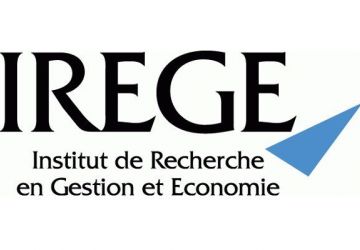
Institut de Recherche en Gestion et Economie (EA2426)
Partenariat scientifique

 Facebook
Facebook Forward
Forward Google+
Google+ LinkedIn
LinkedIn Twitter
Twitter